Palisades Fire
Homes burnt. Millions affected. The Palisades Fire in
Los Angeles shocked the world. Take a deep dive into its progression, mitigation, and recovery.
Palisades Fire
Homes burnt. Millions affected. The Palisades Fire in
Los Angeles shocked the world. Take a deep dive into its progression, mitigation, and recovery.
Introduction
The 2025 Palisades Fire devastated the Pacific Palisades, Topanga, and Malibu areas of Los Angeles County. It became the third-most destructive wildfire in California's history, burning 23,448 acres, destroying 6,837 structures, and resulting in 12 confirmed fatalities.
Approximately 105,000 residents were evacuated. Over 5,600 firefighters, including personnel from Oregon and Nevada, as well as Mexico and Canada, worked tirelessly to contain the blaze.
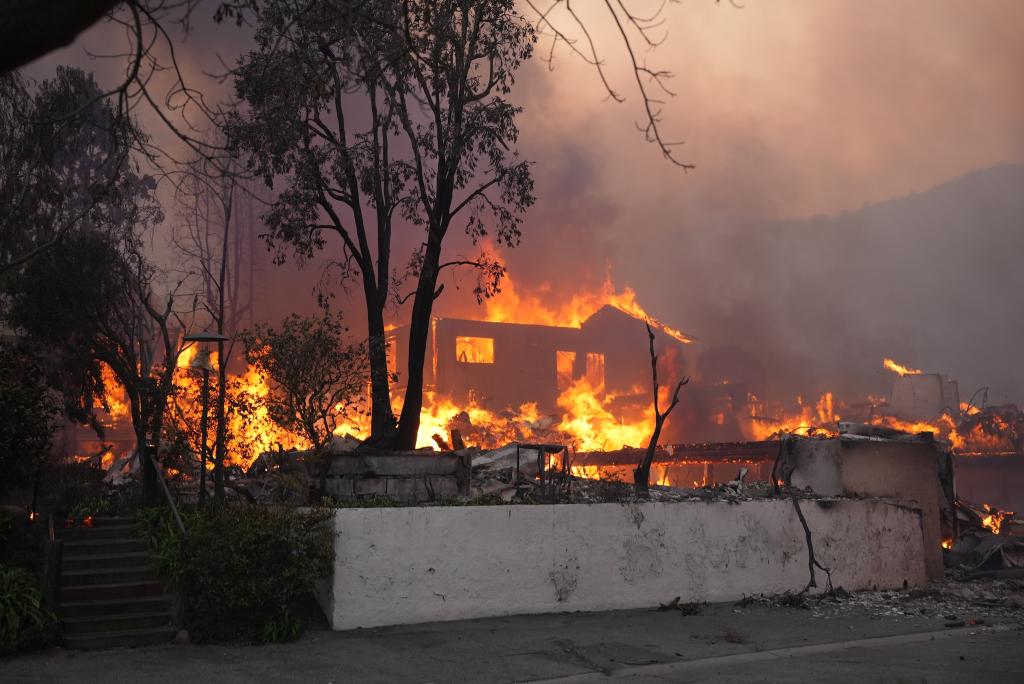
This is how it happened
The Santa Ana winds
The Palisades Fire was driven, in part, by extreme Santa Ana winds – hot, dry winds that flow from inland desert areas toward the coast. These winds reached sustained speeds of 40–60 mph (65–95 KPH) with gusts exceeding 80 mph (130 KPH) in some areas, creating a perfect storm for rapid fire spread.
Santa Ana winds are particularly dangerous for wildfires because they carry very low humidity (often below 10%) and high temperatures, rapidly drying out vegetation and turning it into tinder. The winds also compress and heat up as they flow through mountain passes and canyons, becoming even hotter and drier by the time they reach populated areas.
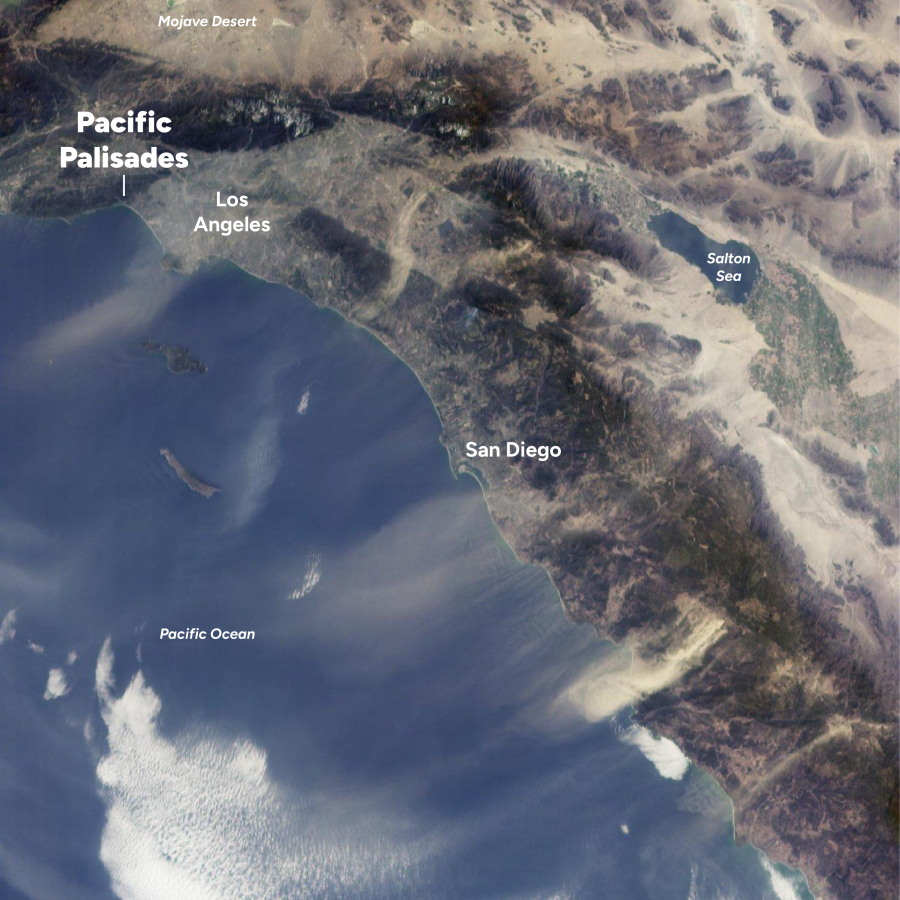
Santa Ana Winds
The above images shows how winds from the inland desert carry hot, dry, sandy air to the coastline, creating perfect conditions for wildfires. This image was captured from from NASA's Terra spacecraft in early 2002.
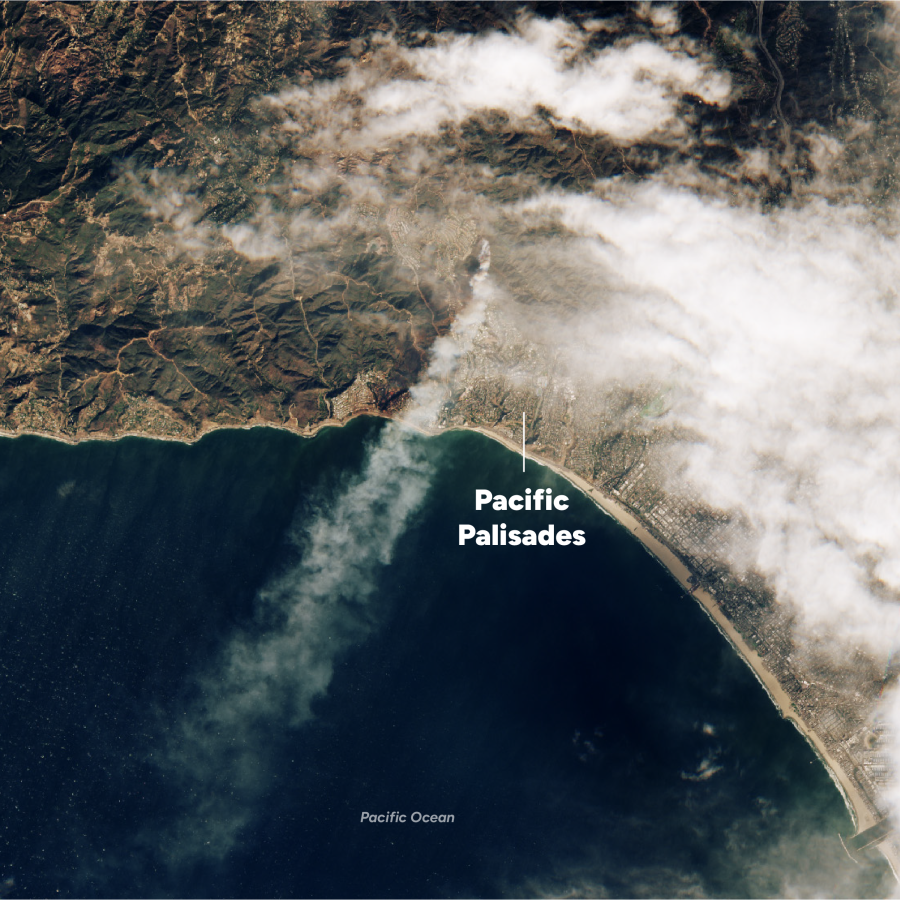
Ignition Smoke
The image above was acquired from the European Space Agency's Sentinel-2 satellite, which shows the Palisades Fire at 10:45 am PST on January 7th soon after the fire ignited. Hot winds from the deserts north of Los Angeles spread the flames and dry vegetation in the surrounding area, exacerbating the flames.
These extreme winds create two critical fire behaviors that make suppression difficult for responders: “fire runs” and “spotting”. Fire runs occur when winds push flames rapidly across the landscape in sustained bursts from the gusting wind, sometimes advancing several miles in just hours. Spotting happens when burning embers are carried by the wind far ahead of the main fire, igniting new fires that can be miles away from the original blaze.
During the Palisades Fire, spotting was so severe that embers jumped across major barriers, instantly creating new fire fronts that overwhelmed firefighting resources. This is why the fire grew so large so fast – it wasn't a single advancing fire, but multiple fires started by wind-blown embers.
Command & coordination
Even with helicopter observations, it is difficult to ascertain fire size and speed due to high winds. The Los Angeles Fire Department officially receives help from the state fire service, the California Department of Forestry and Fire Protection (CAL FIRE), along with Los Angeles Police Department, and establishes a united command. Governor Newsom in Sacramento declare a state of emergency, making money avaliable to support response efforts.
Firefighters described "extreme fire behavior" with flame lengths and speed that at times made direct firefighting too dangerous. Instead, crews focused on indirect tactics: they deployed to defensible ridgelines and roads, cleared vegetation around homes, and established perimeter control points. When wind conditions permitted, air support hit the fire aggressively – eventually, over 80 aircraft (water-dropping helicopters, CL-415 "SuperScoopers," and retardant-dropping air tankers) rotated through the incident.
Containment lines were established wherever possible – crews bulldozed breaks and burned out fuels ahead of the fire when conditions allowed, though the severe winds and spotting limited such tactics. By the night of January 7, the fire had pushed west and north despite all efforts, prompting a massive surge of additional firefighters overnight.
Response
On January 15th, Gavin Newsom holds a press conference to highlight the massive effort – over 16,000 personnel are on scene, including ~7,500 firefighters with over 1,500 fire engines. This includes the support of both Canadian and Mexican firefighting teams and aircraft who flew in to support the operation.
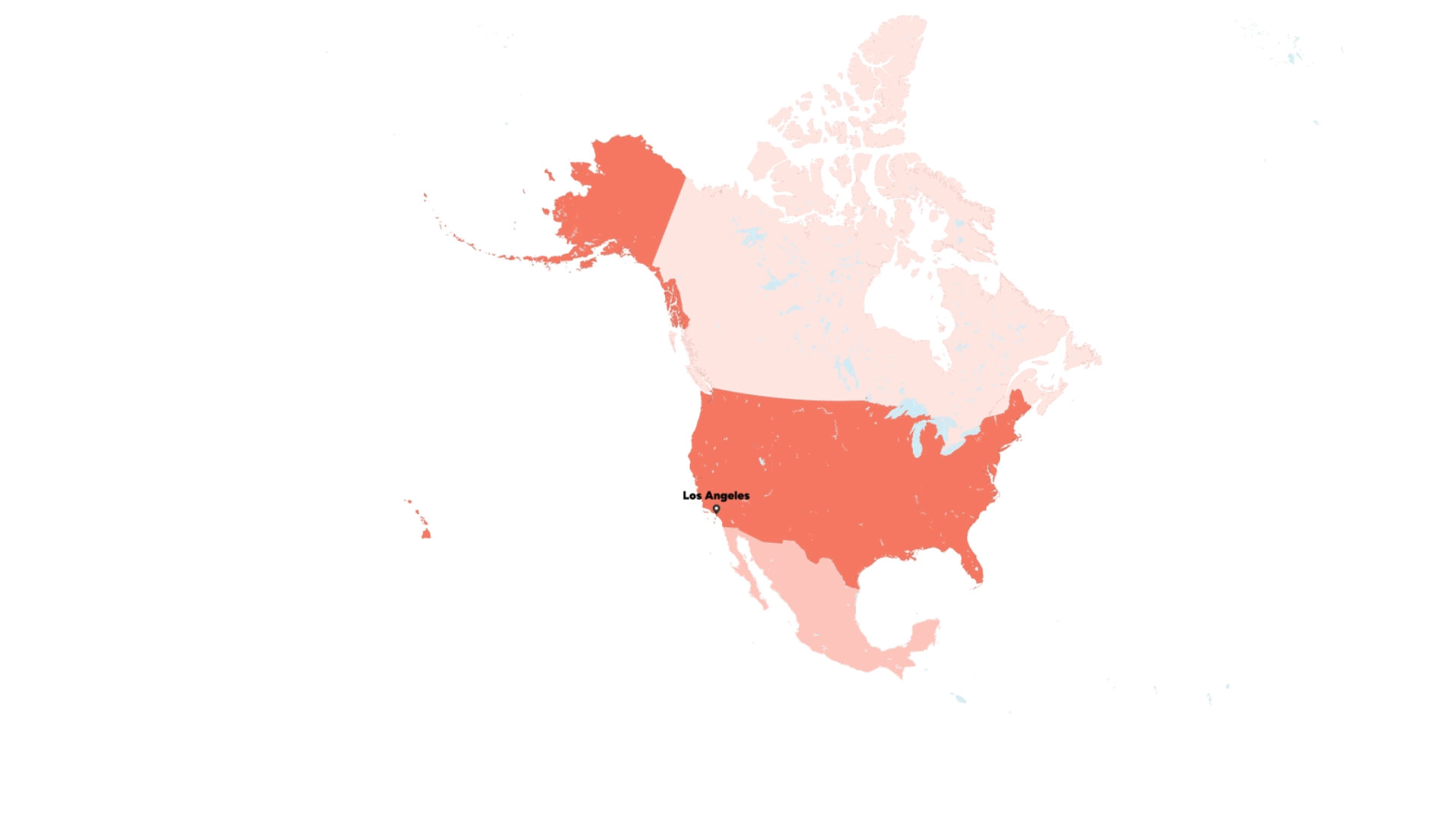
OroraTech's satellite monitoring reveals the scale of the emergency – 5,128 hotspots were detected across 6 days (January 7th–12th) using a variety of low Earth orbit (LEO) satellite sources, with January 8th marking the peak intensity at 2,482 hotspot detections in a single day. These hotspots, captured by OroraTech and public satellites orbiting at altitudes of 250–1,250 miles (400–2,000 kilometers) above Earth, provide near real-time thermal detection of active fire areas as the satellites pass overhead multiple times per day. The fire showed activity on all 6 days monitored, averaging over 855 hotspots per day throughout the crisis.
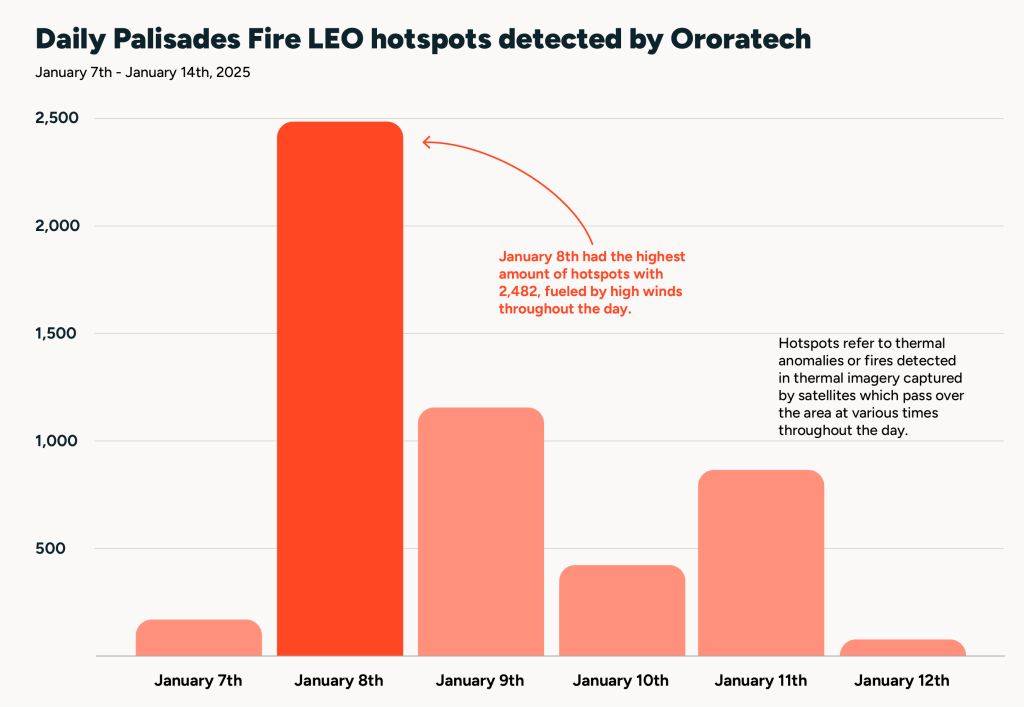
It's now January 18th.
With 85% containment, evacuations orders start lifting in some areas. Utility crews start assessing damage and people see their neighborhoods for the first time.
Full containment of the Palisades fire is reported by CAL FIRE only on January 31st, a full 24 days after the start of the fire. Local LAFD firefighters remain on scene to patrol any rekindles.
OroraTech's Burnt Area tool allows users to quickly determine the damage of a wildfire 2-3 days after the blaze at a precision of 20 meters. See the fire's burnt area below
Conclusion
On February 2nd, Mayor of Los Angeles Karen Bass commended the heroism of the firefighters and announced a new focus on rebuilding efforts. Damages from the Palisades and neighboring fires are estimated between $28 and $54 billion, but aid from local citizens, philanthropic organizations, and people across the world flooded in. As of writing in August 2025, some neighborhoods are still damaged beyond livability.
Without the tireless efforts of CAL FIRE, LAFD, and thousands of firefighters from across North America, the outcome could have been unimaginably worse. Their actions saved lives and homes across the fires.
We at OroraTech give our heartfelt thanks and unending admiration to the brave men and women who combated this fire every single day on the front lines.
See a selection of photos from the fire below:
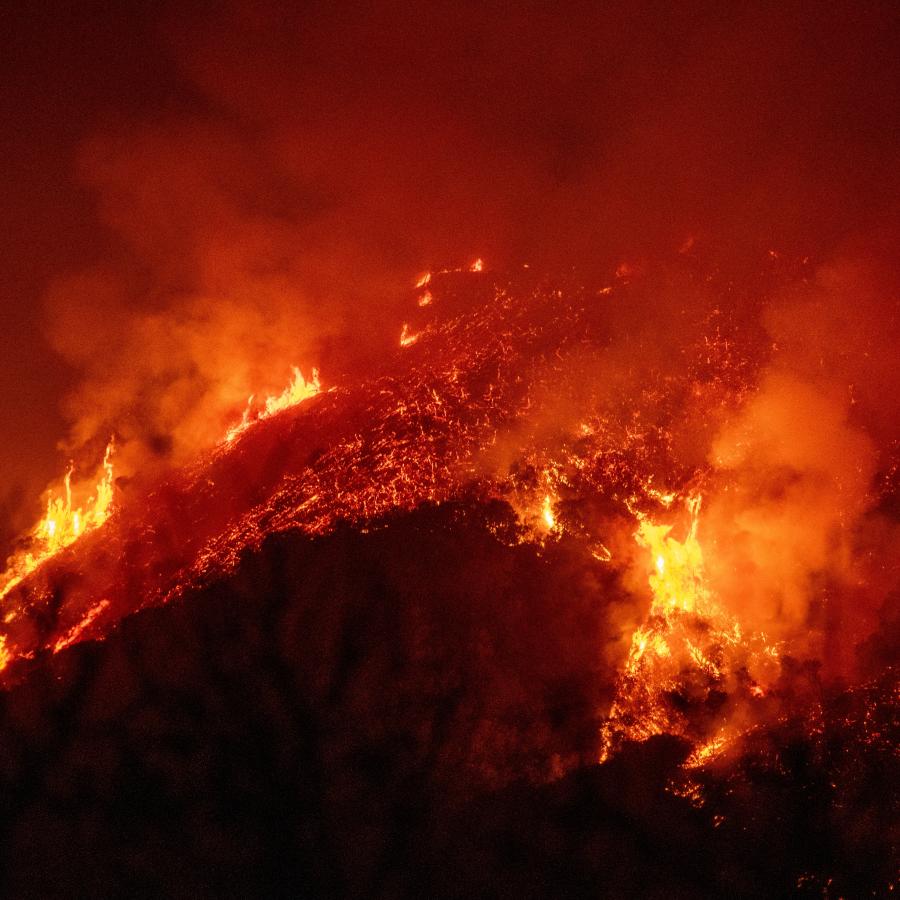
The Palisades Fire seen at night from the town of Pacific Palisades.

The fire with houses in the foreground, as seen from the east side of Topanga canyon
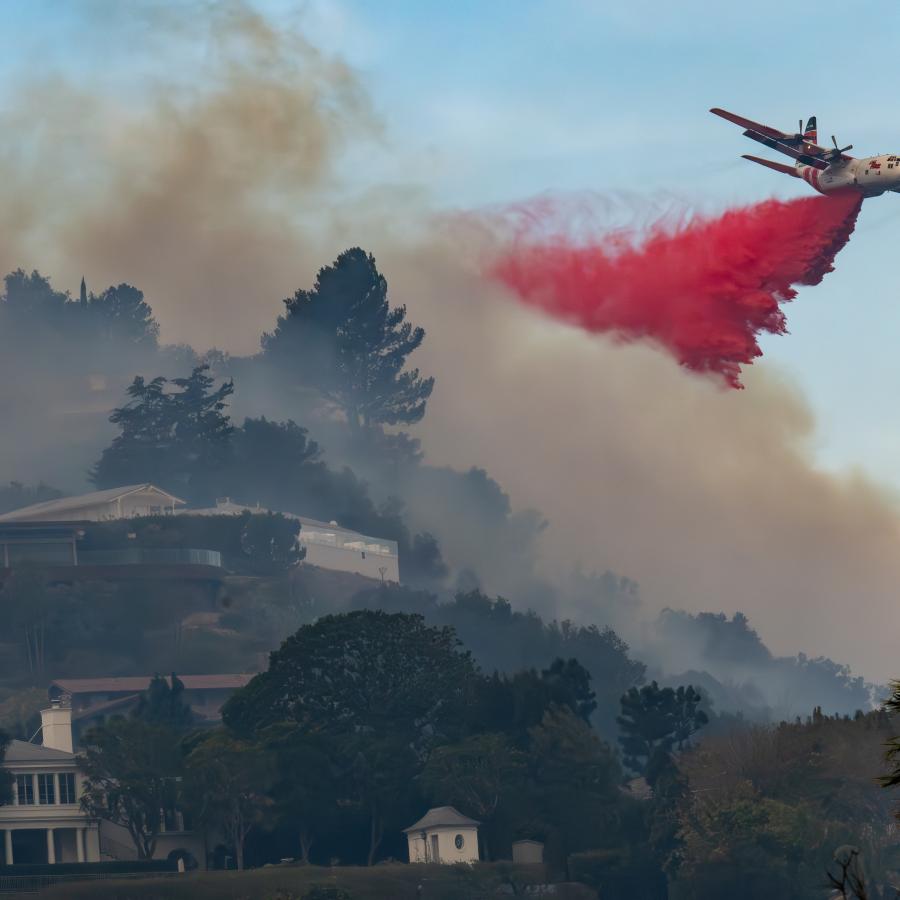
A CAL FIRE Lockheed C-130H Hercules firefighting airplane drops fire retardent to protect a nearby neighborhood.
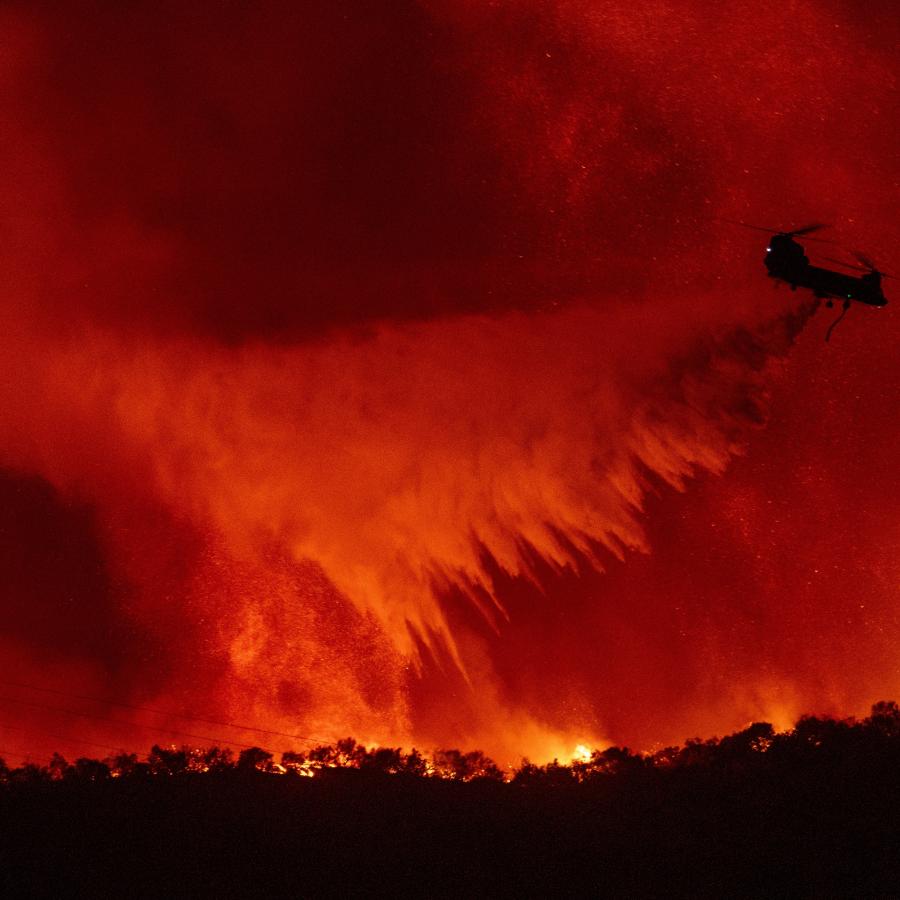
The CAL FIRE Chinook CH-47 helicopter drops water over a fire line to supress the flames.
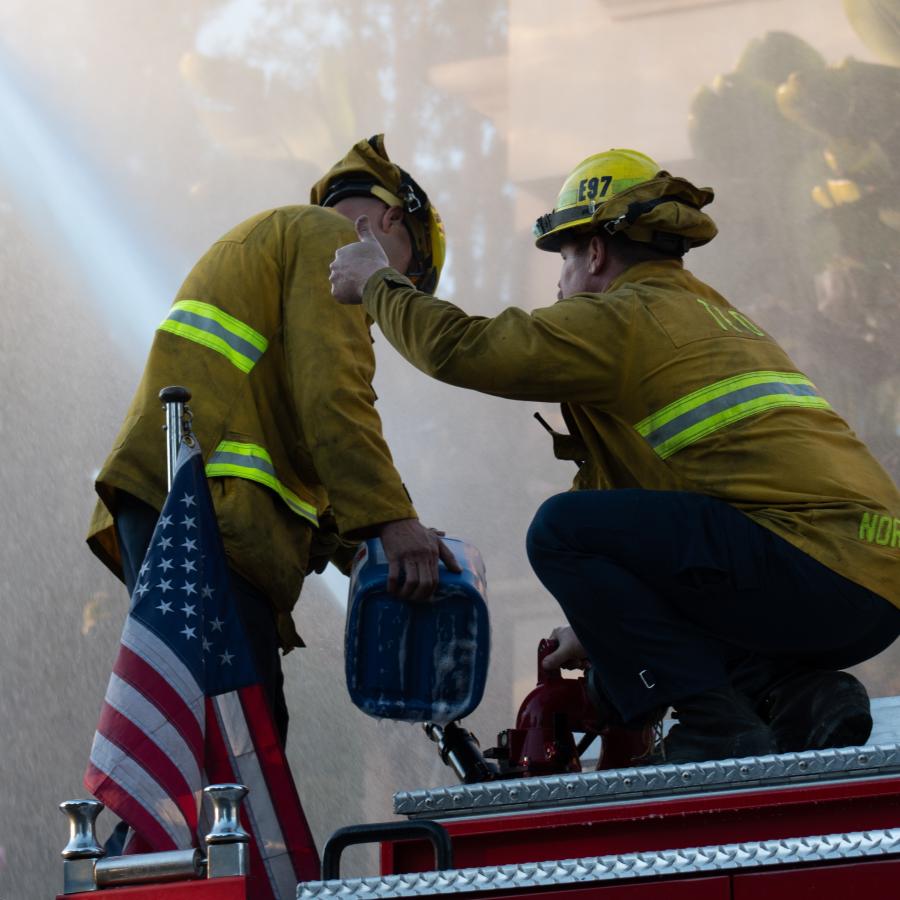
Two firefighters spray water from an engine in the Pacific Palisades neighborhood.
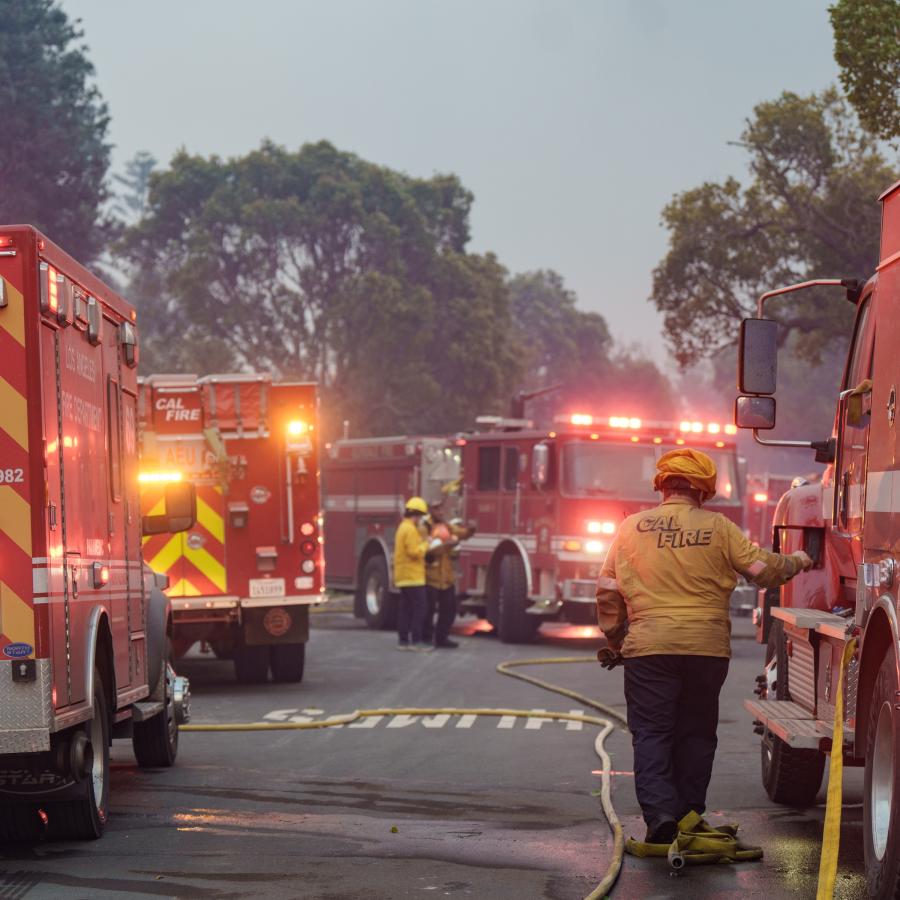
Emergency response vehicles lined along the street.
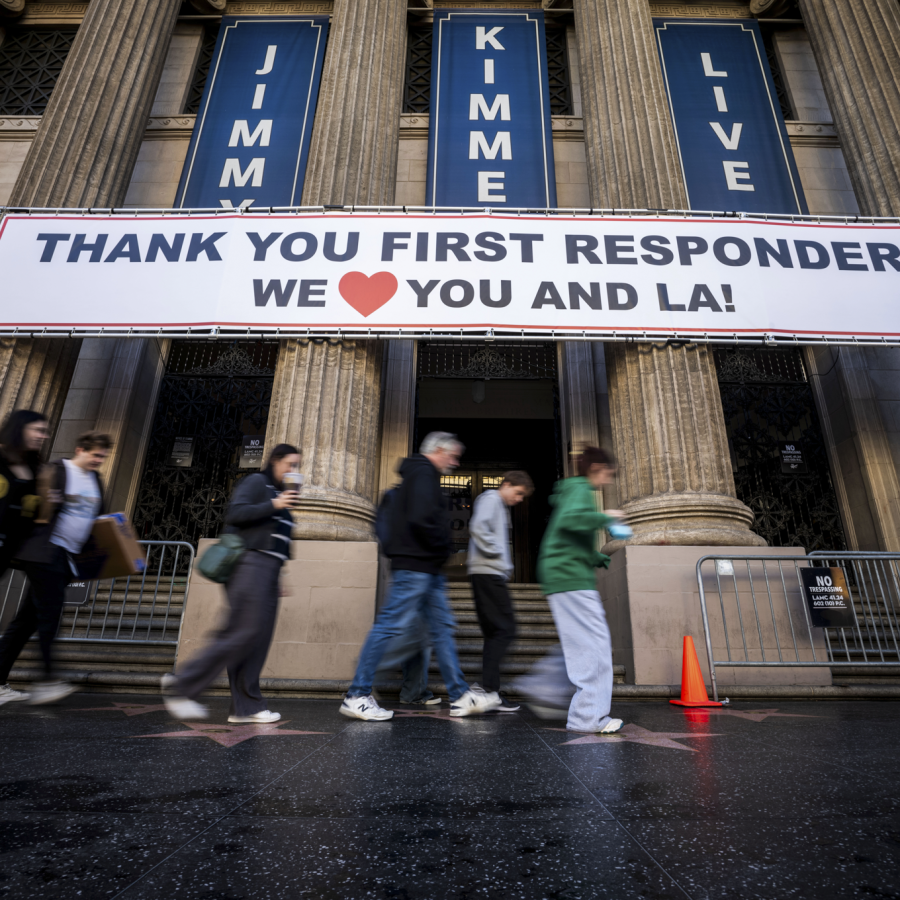
A banner at the Jimmy Kimmel Live show in downtown Los Angeles thanks local first responders for their efforts days after the fire.
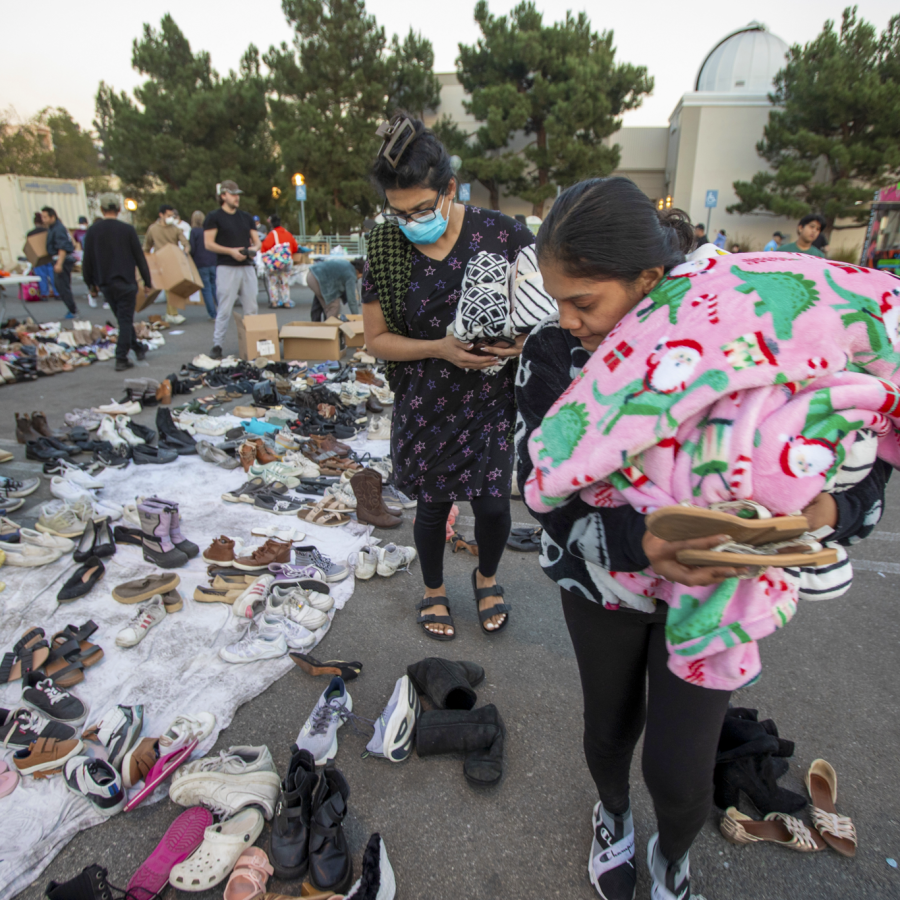
A couple people walk through a city aid station looking for shoes and other essentials.
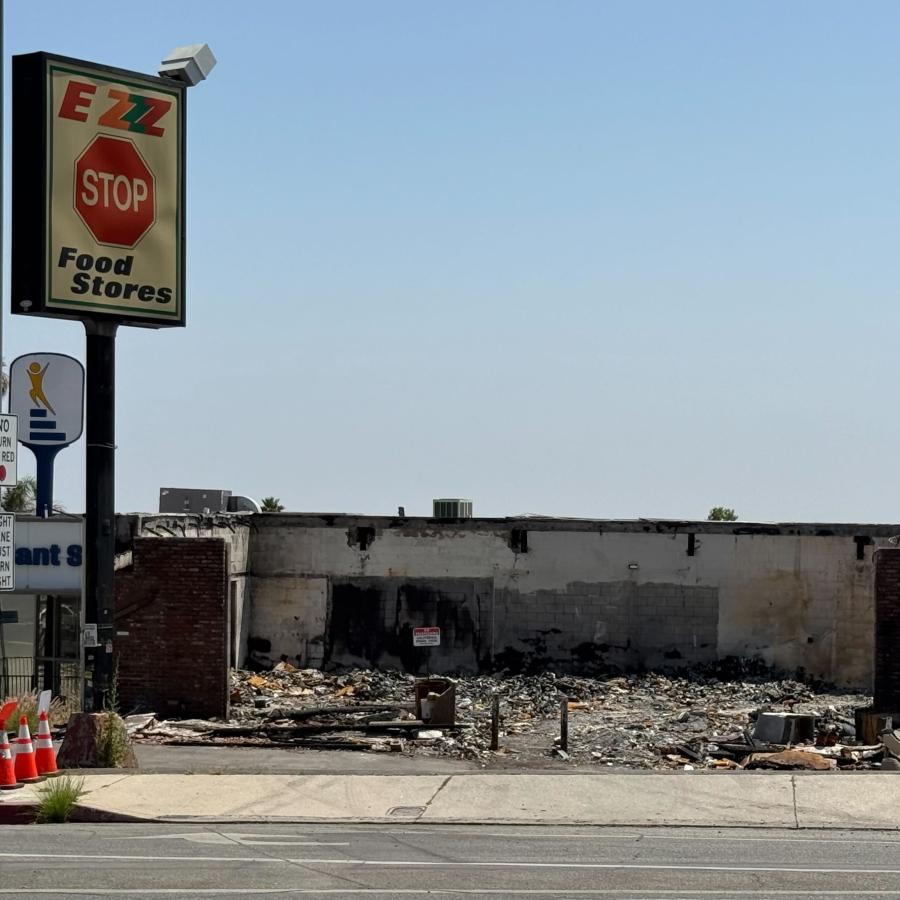
A local EZ Stop Food Store sits unoccupied and burnt down as of July 2025 .
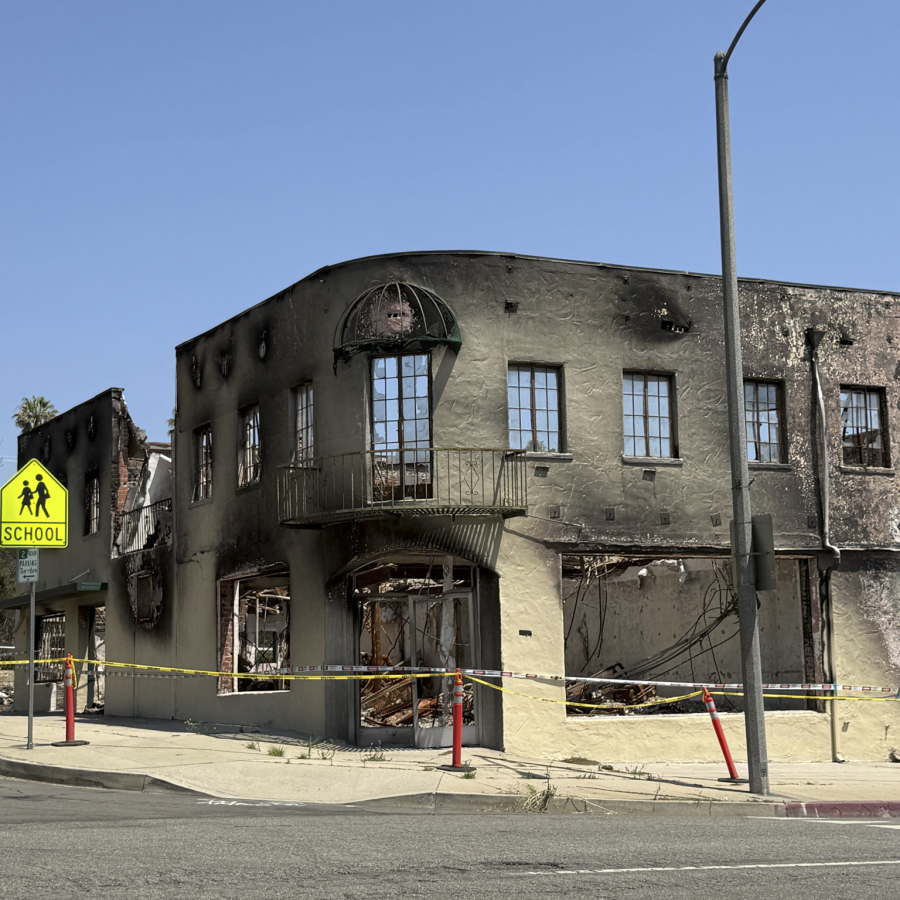
A local store gutted by fire is cordoned off, waiting for revitalization. July 2025
Sources
OroraTech's Wildfire Solution
CAL FIRE Incident Report
LAFD Press Release
Credits
Jesse Friend, Geospatial Development Visualization Specialist - Scrollytelling and data visualization.
Zach Ricklefs, Senior Communication & Content Manager - Story research, text writing.
Fire doesn’t wait — Neither do we
From early detection to post-fire analysis, turn data into action and get the insights you need to make informed decisions and safeguard your operations. Speak to an expert today to see how OroraTech can support your wildfire management strategy.